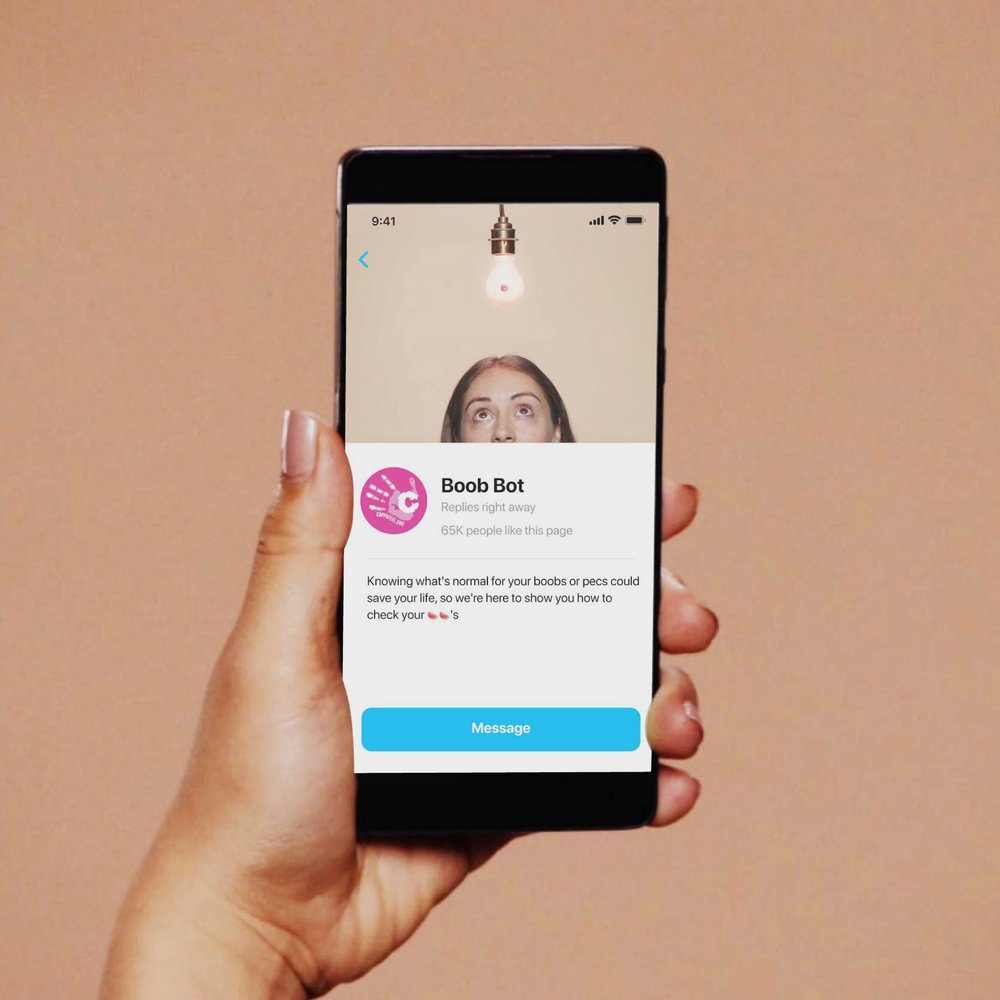Promoted content
Facebook for Business: Meet The Future / Commerce /

Photo by Mike Petrucci on Unsplash
In our series on Facebook’s Meet The Future report, we explore the highlights in each of the five sections: identity, community, commerce, resilience and activism. This week we took a look at Commerce, reviewing the report’s perspective on how Gen Z shops, flexes its spending power, and is reshaping the consumer journey.
While Gen Z, the digitally native cohort born (approximately) between 1997 and 2012, is described as ‘always on’, it’s often also characterised by marketers as ‘hard to reach’, or even ‘detached’.
This is a demographic that has grown up with the internet, for whom ‘looking at their WhatsApp chats or Instagram feed every few minutes has become second nature,’ Facebook’s report emphasises.
‘These teens came of age just as the iPhone effectively became a requirement instead of a luxury,’ writes Dennis Green for Business Insider. ‘The median age of Gen Z is 17, meaning they were 10 when the iPhone was just starting to become adopted by the masses.’
Today’s teens are spending an average of three hours a day on social media and four hours and 15 minutes on their phones; 64% of Gen Z say they are constantly connected online (Global Web Index and Snap Inc.).
Connected is the key word: the report cautions us not to confuse time spent online with detachment. Gen Z is highly engaged, using social media to interact with online communities, shop, create, sell, and be entertained.
Headspace is one example of a business that’s capitalised on this dynamic, using Instagram to answer customer’s questions, receive feedback on its products and provide a space where fans can share meditation tips, building its own brand in the process.

Zehra Chatoo, connections planner at Facebook says, ‘This is a generation that grew up on mobile, with personalised experiences, curated News Feeds, surrounded by suggestions. When it comes to commerce, they expect things they love to find them.’
Indeed, brands are targeting this young demographic where they’re already spending time, building immersive online shopfronts and taking advantage of in-app ecommerce functions on social media (Instagram Shopping, for example). This approach helps brands establish a personality and connect with their target audience, claims the report.
A Facebook-commissioned survey by YouGov found that, in the UK, ‘Generation Z’s perception would improve more than 42% for brands that engaged more via Instagram’. Mobile ecommerce certainly has high penetration in this group; a 2019 survey by Global Web Index found that 72% of Gen Zs said they had purchased a product online in the last month, and six out of 10 used mobile devices to make the purchase.

Luxury fashion label Little Mistress showed how brands can successfully engage with customers on social media with its Party Guilt Free campaign, which increased its Black Friday sales 94% year-on-year. The paid Instagram activation put interactive polling stickers (asking users to guess, for instance, how many recycled plastic bottles were used to create outfits) on top of product images to win the attention and custom of ethical fashionistas.
But the internet is crowded, and Facebook’s report notes that ‘in a world ruled by the attention economy […] your brand can be out of mind in just 8 seconds’. This echoes a claim that made the rounds a few years ago, that the average attention span is down from 12 seconds in the year 2000 to eight seconds in 2015. For comparison, a goldfish has a nine-second attention span.
The clickbait myth made its way into many reputable publications, but the science is shaky at best. In fact, Gen Z has developed a sophisticated eight-second filter, says Fast Company’s Jeremy Finch. Confronted with masses of information from a young age, Gen Z has had to adapt in order to sift through the noise and locate the most relevant information. It’s not a diminished attention span, as worry mongering headlines would have us believe, but a means of judging what deserves attention in the first place.
In order to be worthy of Gen Z’s attention, according to the report, brands must build trust; young consumers’ purchasing decisions are increasingly influenced by trusted family and friends. To replicate this, marketers must abandon their one-size-fits-all approach and instead recognise Gen Z as a diverse community of individuals.

For instance, breast cancer charity Coppafeel’s Boob Bot campaign used imagery that was inclusive of gender, chest and body types and skin colour, and left 98% of the users it reached on Facebook’s messenger tools feeling more confident about how to check themselves for lumps.
And brands that share Gen Z’s passion for fighting the climate crisis, dismantling structural racism, or supporting mental health, for example, drive higher consideration than those that stay on the fence. According to Facebook’s YouGov survey, 45% of Gen Z in the UK is planning to prioritise sustainability (above price) when making a purchase. ‘If our youth is willing to do better,’ says the report, ‘brands should be set to do the same.’
The onus is now on brands to do three things:
Figure out your ‘why’ (see Simon Sinek’s Golden Circle) and be clear on what you stand for to win over purpose driven Gen Zers
Show them that you share their values
Market ‘for’ and ‘with’ rather than ‘to’
Download Meet the Future in full here.
Want more of the same? /
We don’t just write about best-in-class campaigns, interviews and trends. Our Members also receive access to briefings, online training, webinars, live events and much more.




